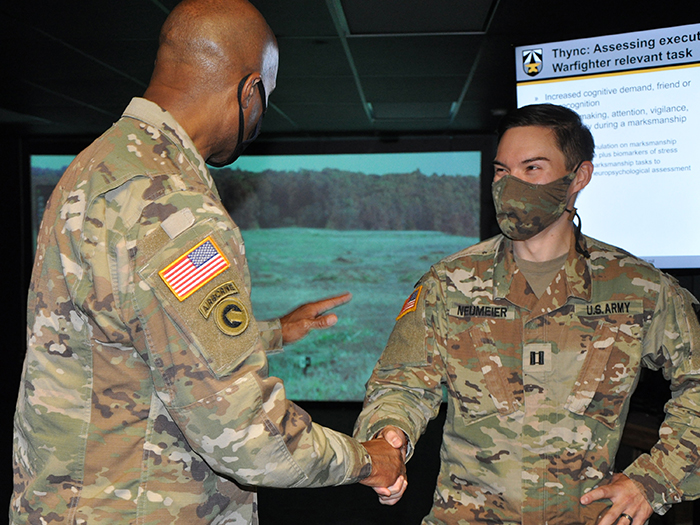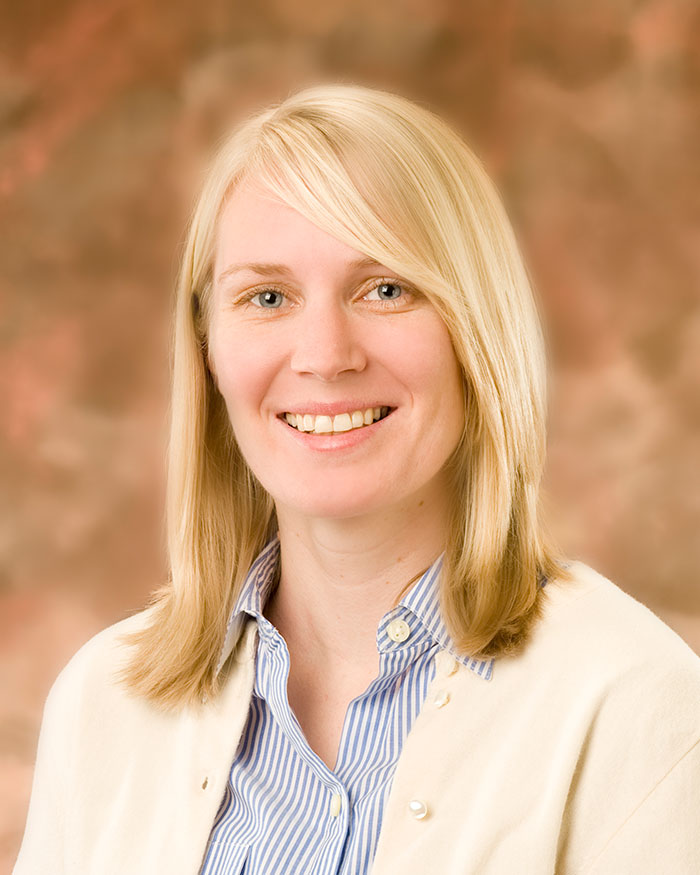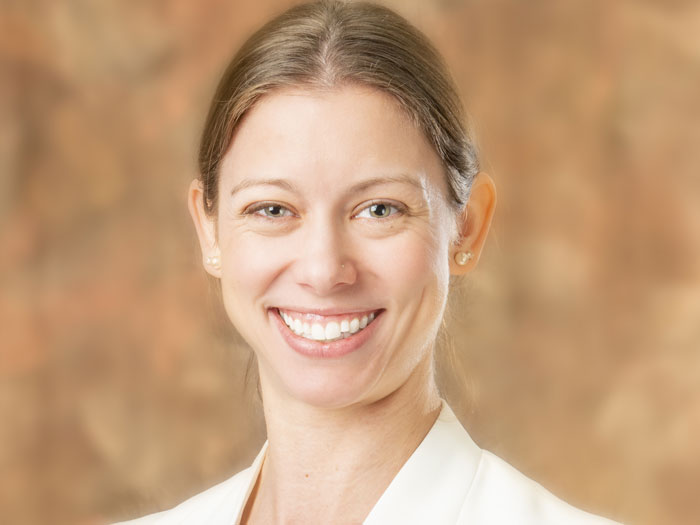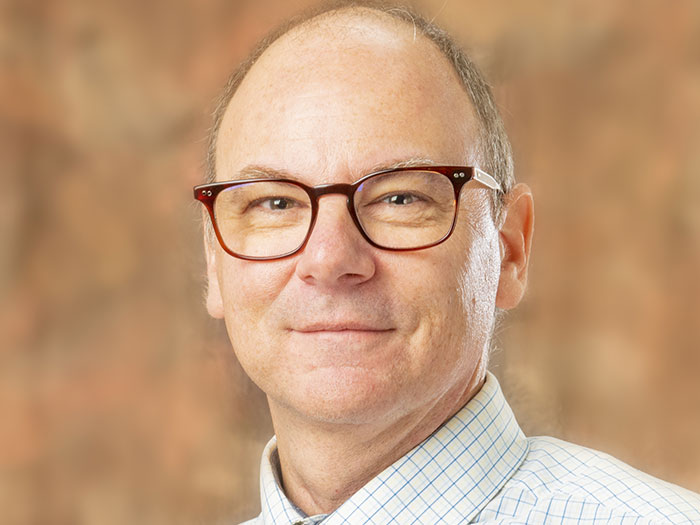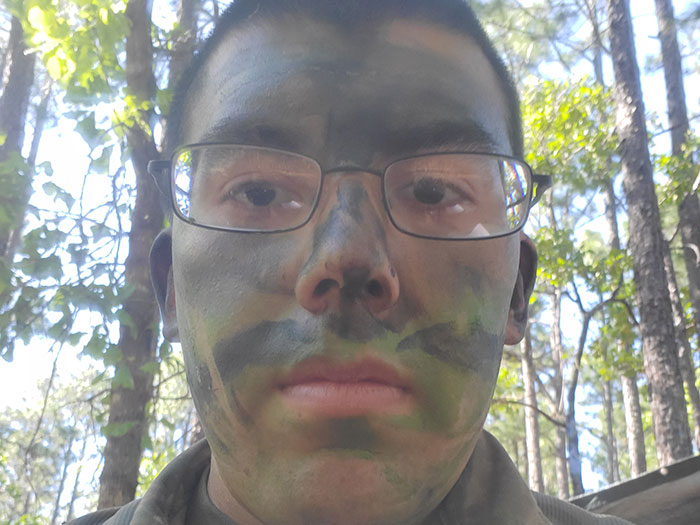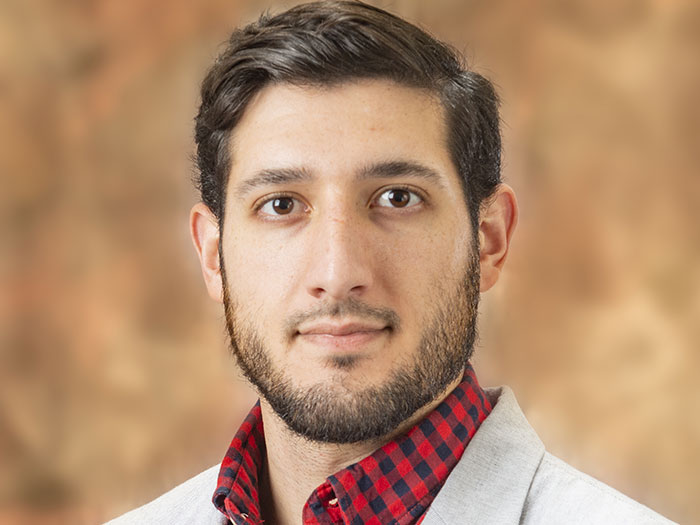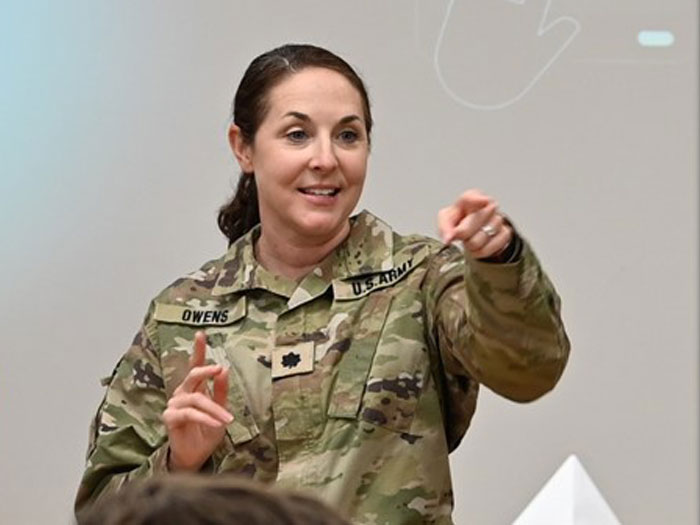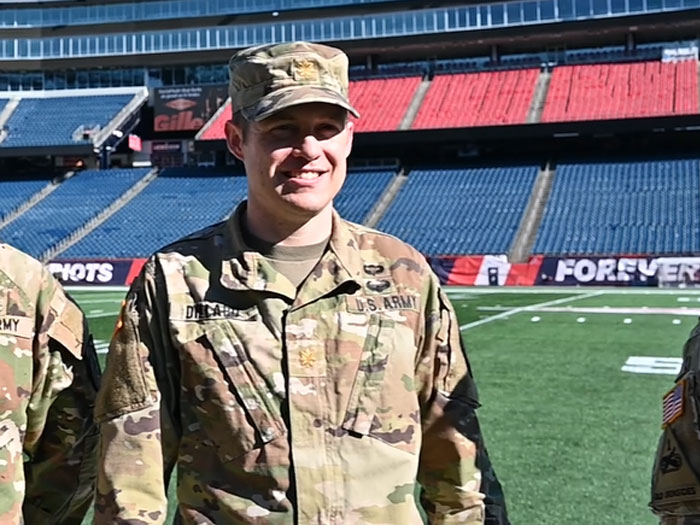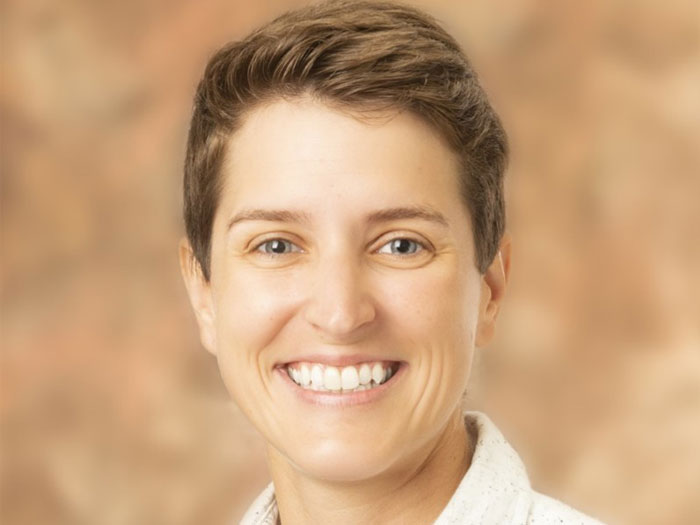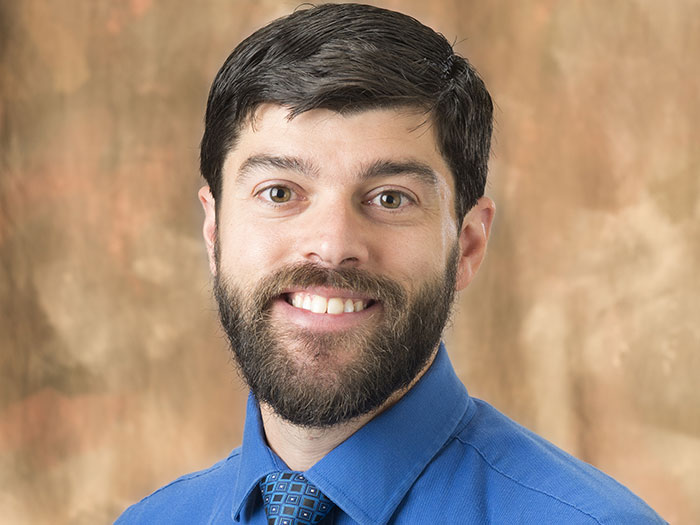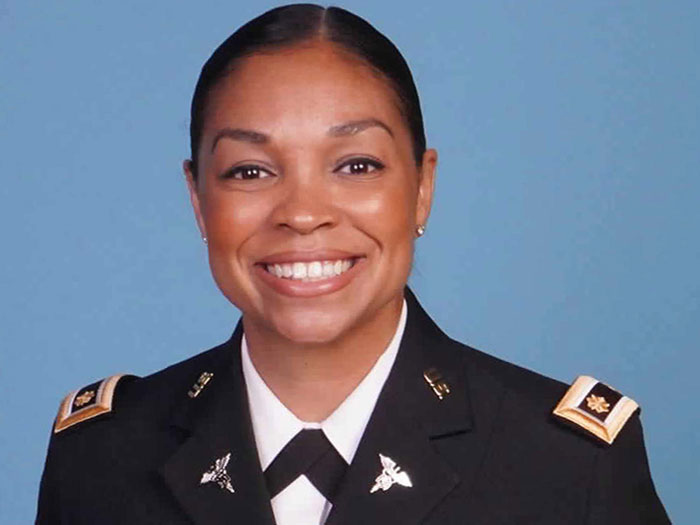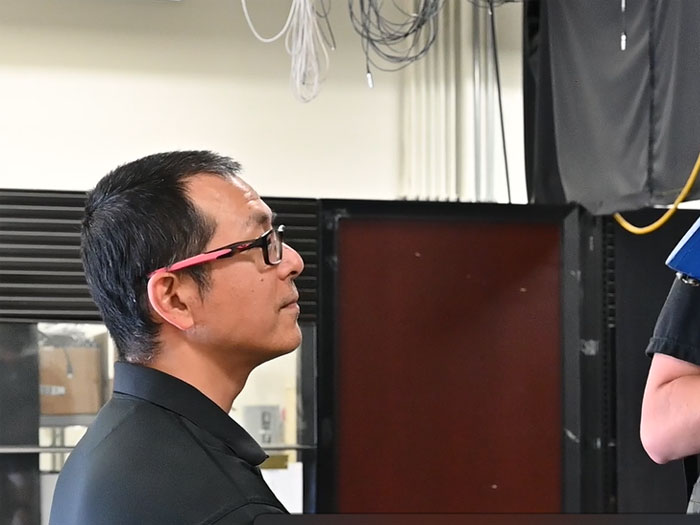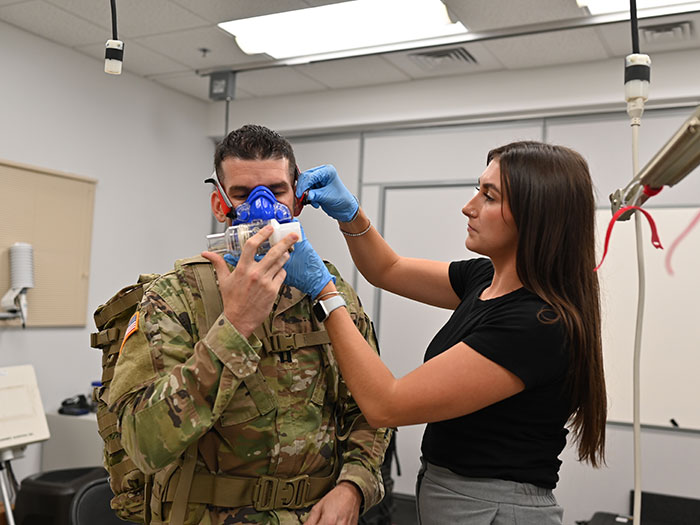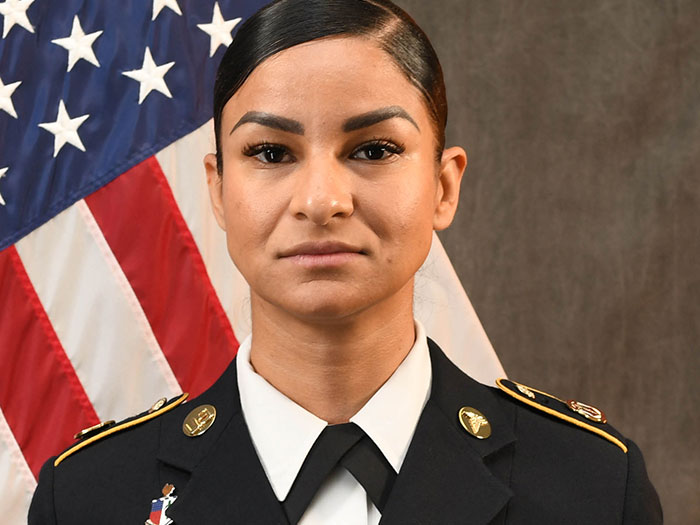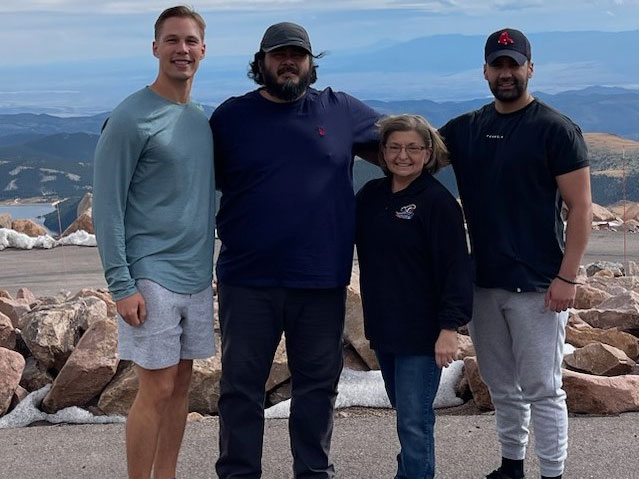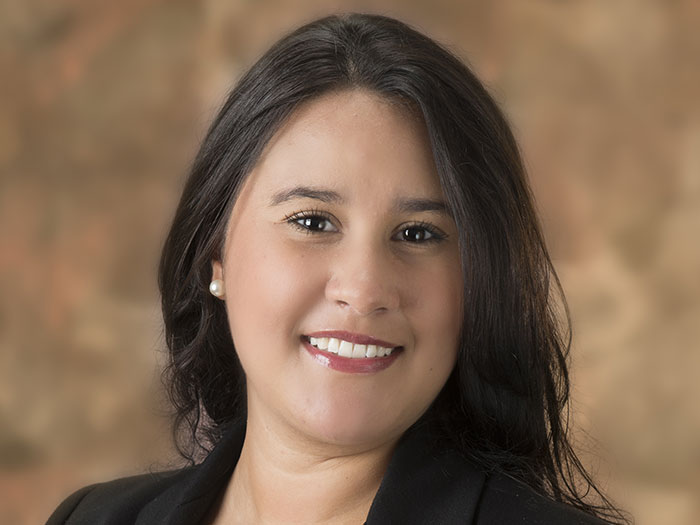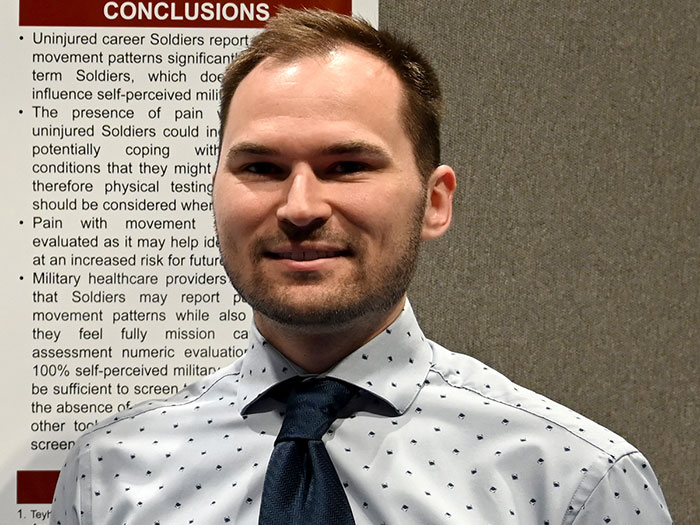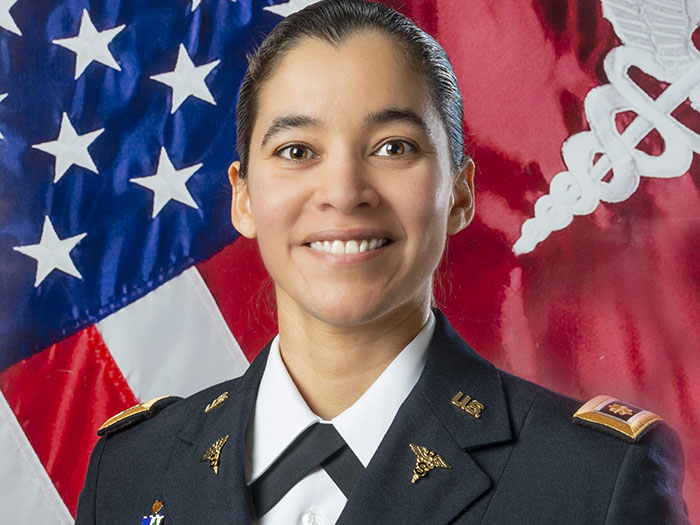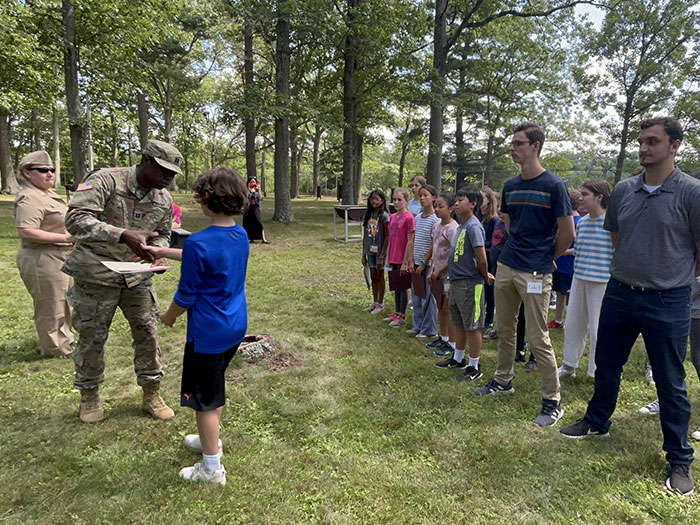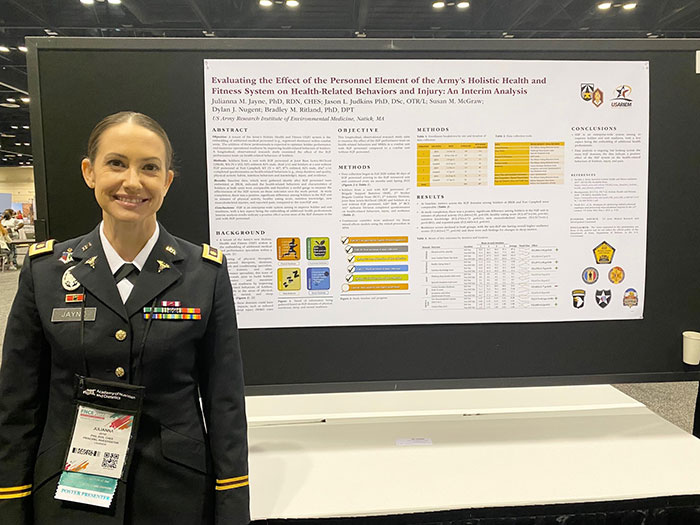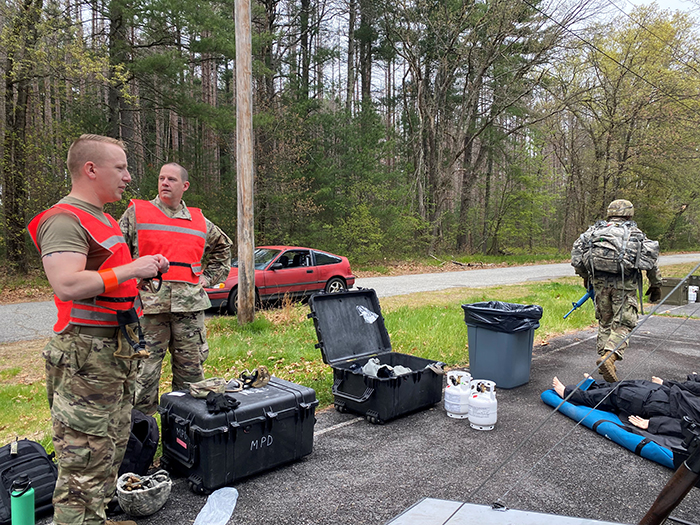Behind the Science with Dr. Julie Hughes, Chief of the Military Performance Division
How long have you been at the U.S. Army Research Institute of Environmental Medicine?
I have been at USARIEM for 11 years. Four as an Oak Ridge Institute for Science and Education (ORISE) postdoctoral fellow and seven as a civilian research physiologist.
Now, this if my first few months as the Chief of the Military Performance Division and I’m learning a lot and really enjoying it.
How did you come across USARIEM?
In my last year of graduate school, I was at a scientific conference and Col. Rachel Evans was presenting on stress fractures in Soldiers – my area of scientific interest – and at the time she was leading the bone health research program at USARIEM. She told me to send her my resume after I graduated—which I did. The Division Chief at the time, Dr. Edward Zambraski, met with me on a trip to Minnesota, invited me to come give a lecture at USARIEM, and about four weeks later I was at USARIEM!
It was a magical time in my life. I knew right away that USARIEM was precisely where I wanted to be for my career.
How did you become interested in Soldier Performance?
Bone exercise physiology is what I studied in graduate school, and I found the paradox that exercise is both good for bones (makes them stronger) and bad for bones (makes them susceptible to stress fractures) so fascinating. A surprising number of Soldiers suffer a stress fracture during initial military training, and I felt a theory I was working on in graduate school, and the research that could emanate from, meant that I had a practical and scientific home for my life’s work. I feel a strong sense of pride and that my scientific research is in service to Soldiers.
What was your previous title and what projects were you working on?
As a civilian research physiologist, I was a principal investigator, designing and executing research projects. I also was working on continuing to build the bone research program at USARIEM and setting our research strategy for preventing stress fractures in Soldiers.
What do you see for the future of the MPD or in other words, what do you hope to accomplish during this position?
The MPD has already been conducting incredibly impactful research in service of our Institute’s mission to enhance Warfighter health and performance through biomedical research. We have been working on tackling big problems for the military through bold and comprehensive research studies that span from cellular to field to population-level investigations. My vision is to triple down on this incredible path we are on. I want to enable the scientists in the Division to continue to think big and come together as a whole to execute the research that will make a difference in the lives of Soldiers.
When you are not at the Institute, what do you like to do for fun?
I have too many hobbies, none of which I’m excellent at, but I enjoy them all. I can juggle flaming torches, machetes, and apples while I eat them! I enjoy playing guitar, and I’m more than mildly obsessed with Brazilian Jiu Jitsu. What I love to do most in the world though is to spend time with my mom (affectionately known as Jana Banana). She is my hero.
2025
2024
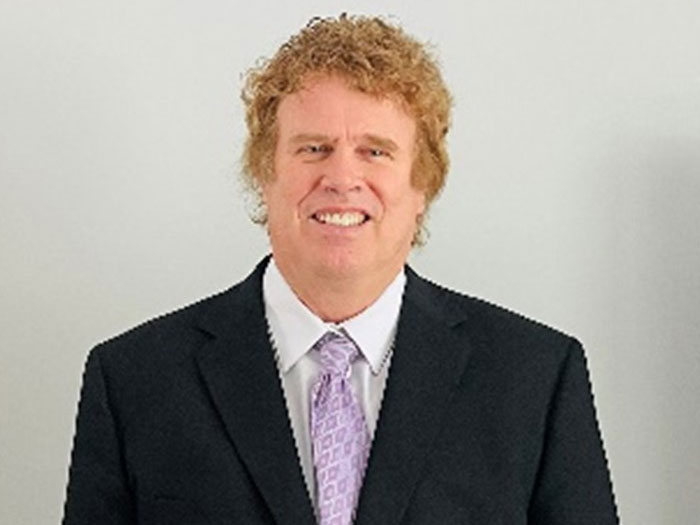

2023
